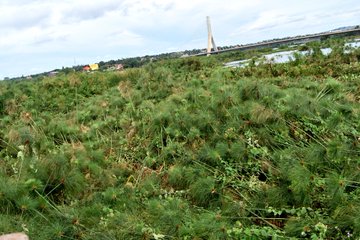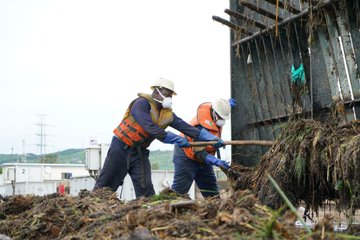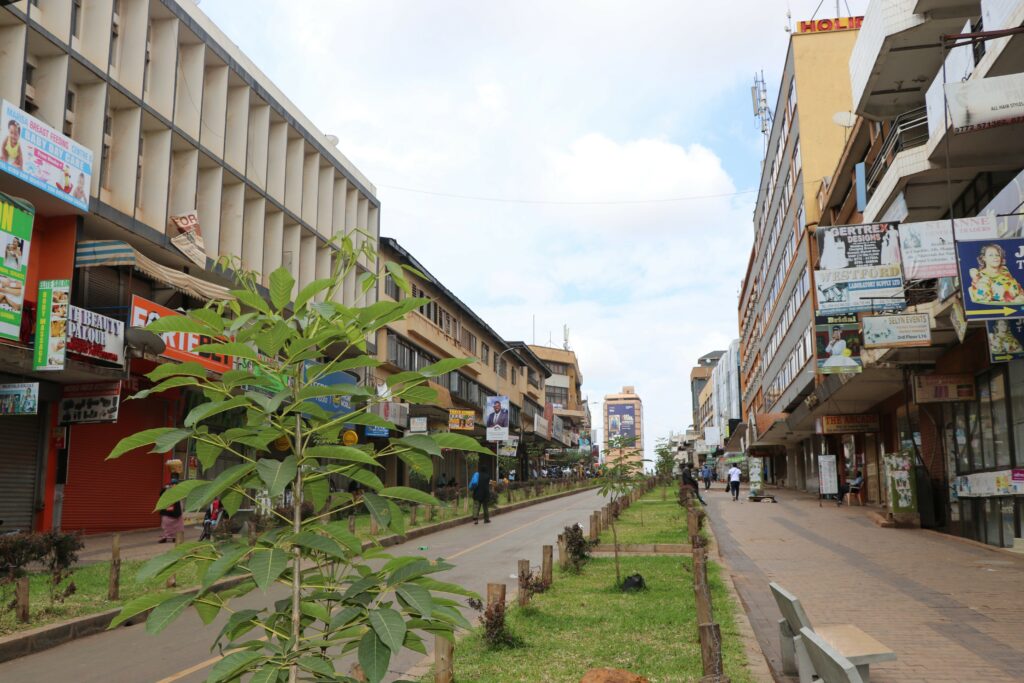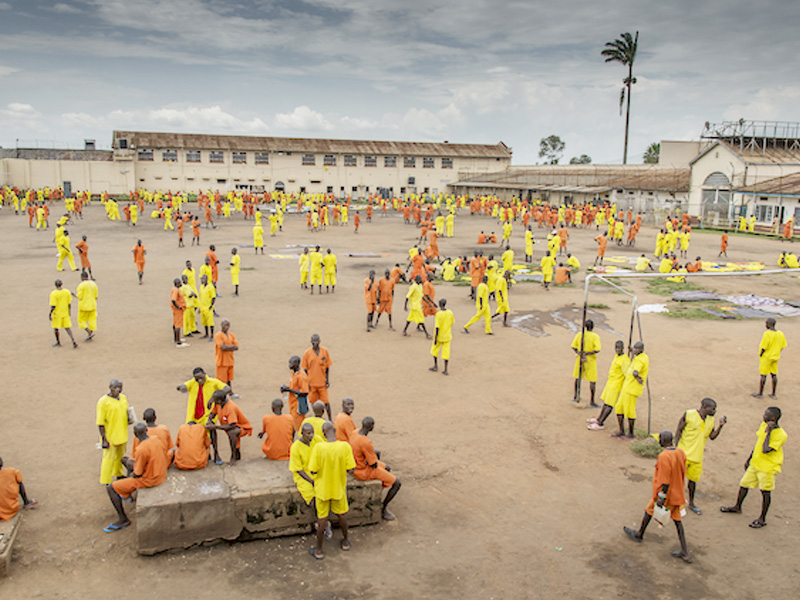How 2-acre floating island triggered nationwide power blackout
The country on Tuesday midday experienced a nationwide power blackout a few minutes to President Museveni’s address to the nation on the coronavirus pandemic.
Shortly after power went off, social media commentators, a number of conspiracy theories were coined about the cause of the blackout only minutes to the presidential address as many pointed to mafia and saboteurs.
However, Uganda Electricity Transmission Company Limited (UETCL) quickly issued a statement saying the outage had been caused by a floating island of water hyacinth that had blocked the water intake at the Nalubaale dam in Jinja.
“An island of water hyacinth and papyrus has blocked the intake of the Nalubaale Power Station in Jinja. This has caused a national power blackout. Authorities are working to fix the issue and provide a temporary supply source,” UETCL said in tweet shortly after the incident.
 The floating island had a water hyacinth.
The floating island had a water hyacinth.
According to the Energy Minister, Mary Goretti Kitutu she was informed of the incident in the morning about the floating island of water hyacinth that had invaded the dam.
“It was in the morning when a mass of water hyacinth had come and blocked their dam. They assured me that they were trying their best to see how the dams can continue operating but later, the whole country went into a blackout,”Kitutu said.
The Minister said due to the increasing water levels in Lake Victoria and wind on Monday, the land mass was able to move quickly to the dam.
This affected Nalubaale and Kiira power stations.
According to Simon Kasyate, the Uganda Electricity Generation Company Limited(UEGCL) spokesperson, the land mass was about two acres.
"It was at least two acres, almost two football size pitches. We have always managed to manually deal with this plant - this one was unprecedented,”Kasyate told the BBC.
 Workers removing debris from the screens.
Workers removing debris from the screens.
According to Eng. Ziliya Tibalwa, the CEO for Electricity Regulatory Authority, the land mass moved with vegetation and other debris that choked the turbines.
“The plantations ran into screens that are supposed to filter the water before it goes into turbines to generate power, and once screens were blocked by rubbish and other plantations, the turbines could not get enough water,”Tibalwa said.
According to Eskom Uganda Limited that manages the dams in Jinja, the land mass blocked the cooling pipe systems that draw water from the dam reservoir to cool the generating machinery.
"As a mitigation measure to prevent plant and equipment damage, we shifted some power generation from Nalubaale to Kiira power station,” Eskom said in a statement.
This was done to avoid any eventualities that would come out of the large amounts of floating debris that accompanied the floating island.
The South African company said power generation from the two power stations was eventually lost because of the “unstable” system frequency.
Officials said that despite shutting down part of the system, they were forced to switch off the entire country because the remaining few turbines could not handle the situation.













